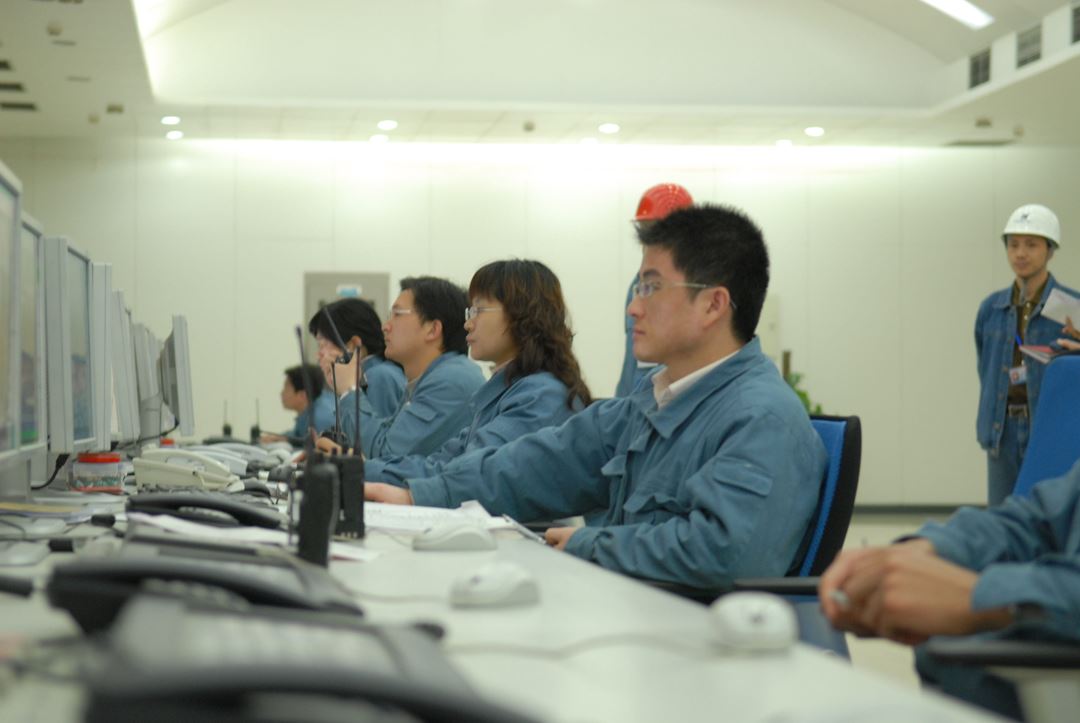The Research Council of Norway has just allocated NOK 5.9 million to building up Norwegian-Chinese networks in climate research and environmental technology.
One million kroner of this amount will be put into establishing bilateral alliances of institute and university CCS research groups aimed at identifying areas of common interest for joint research projects for the future.
Golden opportunities
“We have the best Chinese expertise on the team with us,” says SINTEF's Jens Hetland, an expert in CCS. SINTEF is to coordinate two of three Norwegian-Chinese networks. The Chinese part of the network is made up by proficient Chinese players including the Tsinghua University, the country's leading technological university.
“The first thing we have to do is to define the topics of one or several large research projects that both countries would be interested in pursuing. We will collaborate closely with the Chinese in drawing up project applications and seeking involvement by leading industrial groups. This way of collaborating is regarded a golden opportunity for the Norwegian research environment and industries to position themselves in the burgeoning Chinese market for CCS technology,” says Hetland.
China quick off the mark
While full-scale CO2 scrubbing is temporarily put on hold in Norway owing to some health-and-safety issues, the Chinese seem to respond quicker to the prospective market opportunities. The country already has nine test plants in operation, the largest of which is even larger - in terms of captured CO2 - than the test centre that is currently being built in Norway at the Mongstad oil refinery.
At this moment, the Chinese are building three large-scale CO2 capture facilities at different coal-fired power stations and gas-processing plants, each of which will deal with as much CO2 as the full-scale plant that is due to be built later in full scale at Mongstad; i.e. one million tonnes CO2 per year.
Next-generation CCS plant
According to Hetland, the Chinese say that they are impressed by the Norwegian scientists' understanding of the basic physics involved and by the numerical models they use to deal with energy systems and carbon capture.
“The development of the next generation of CCS plants is a matter of developing technologies that will require much less energy than today's first-generation systems. Intimate knowledge of the physics and good numerical models are alpha and omega in our efforts to develop such solutions,” says the SINTEF veteran.
Hetland has already made several trips to China, and he knows the country's energy sector well.
“The Chinese are keen to implement energy-efficient carbon capture technology, both in order to deal with the environmental challenges that they face on the domestic front and with a view to exporting CCS technology to the rest of the world,” says the SINTEF scientist. The most pressing issue is to improve the technology in order to make CCS affordable.
By Svein Tønseth

